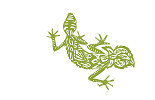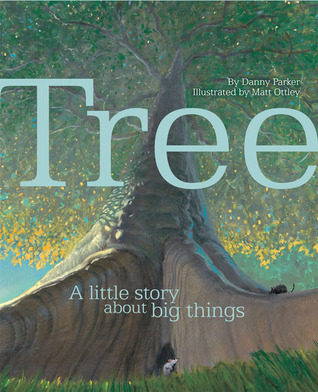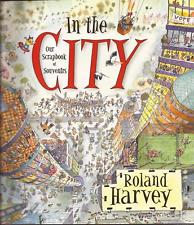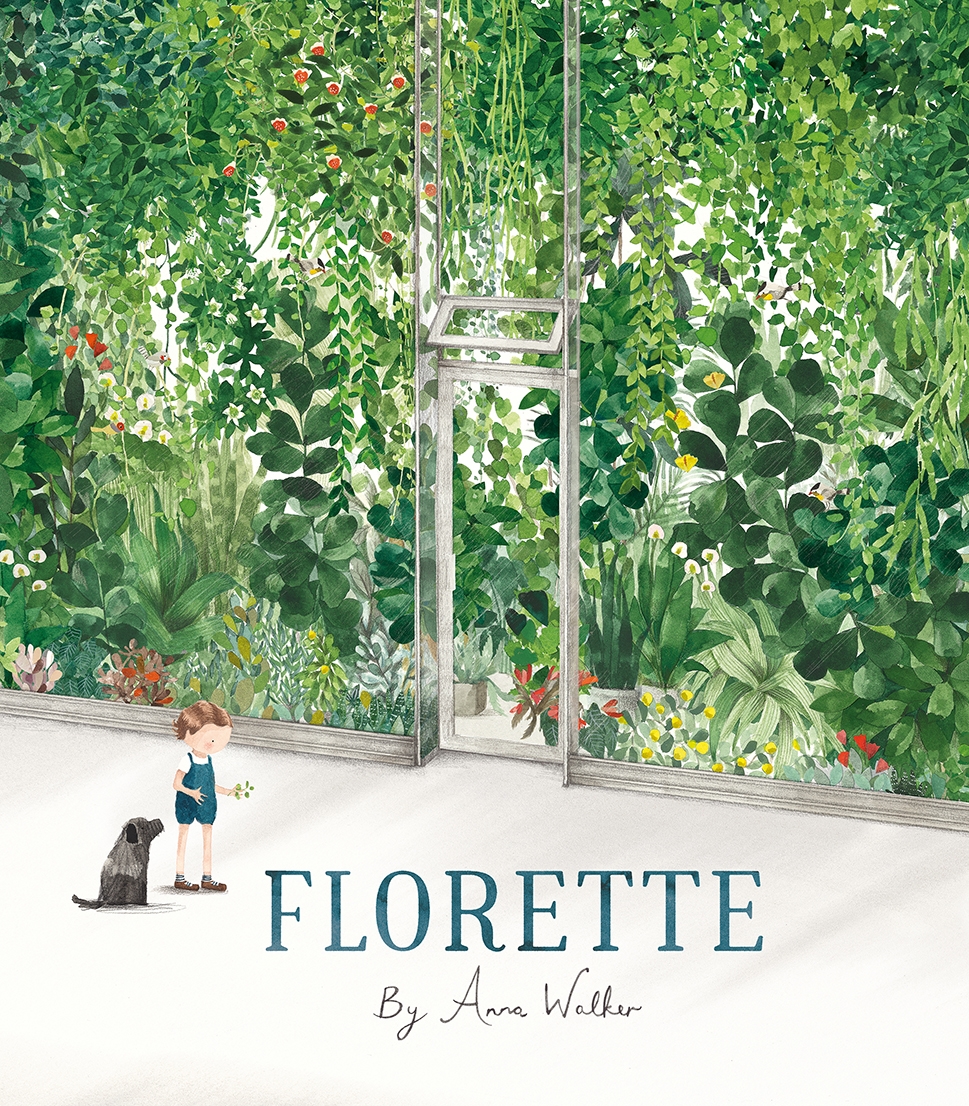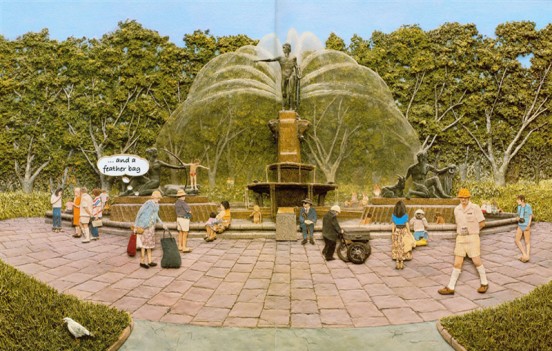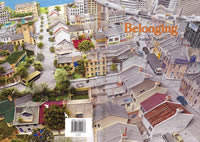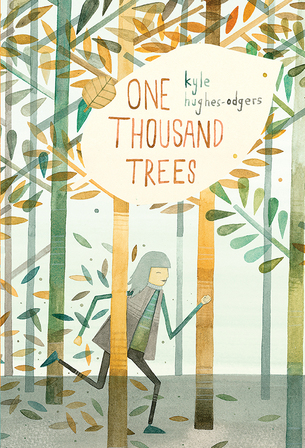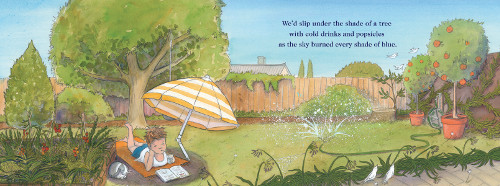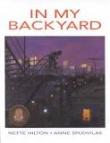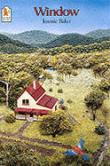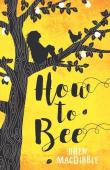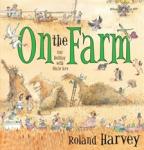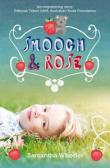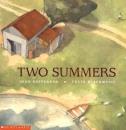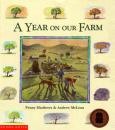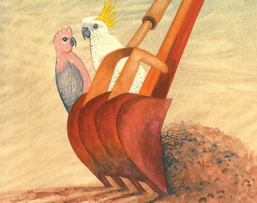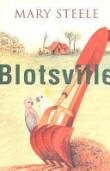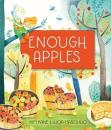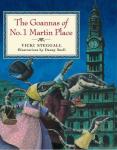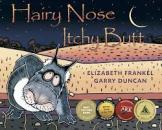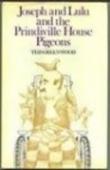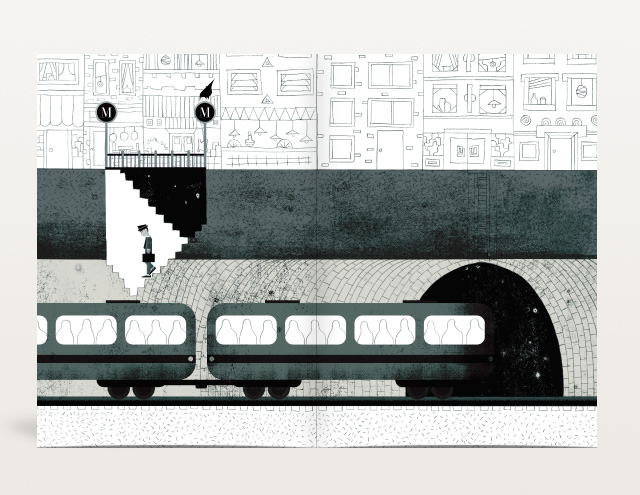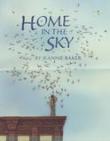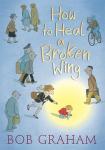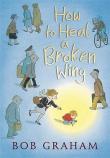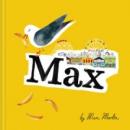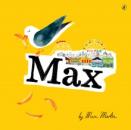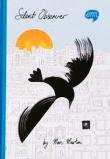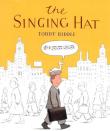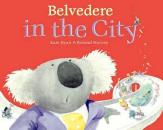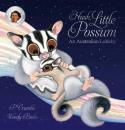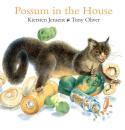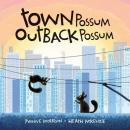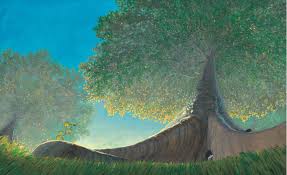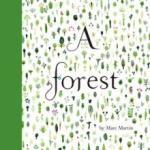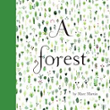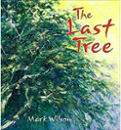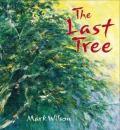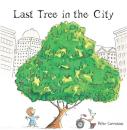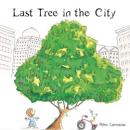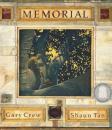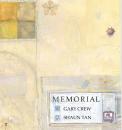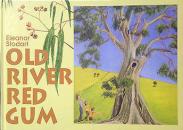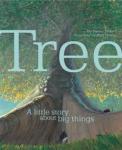AustLit
-
Built environments and urban landscapes are an inevitable component of the globalised world in which we live. Large cities are regarded as unnatural or constructed places and yet it is sometimes possible to create inviting and environmentally friendly spaces within them.
"Australia’s built environment is diverse, ranging from large, highly urbanised centres—such as Sydney and Melbourne, which together accommodate 40 per cent of the Australian population—to small, remote communities. The geographic location of our cities can affect amenities such as water availability and quality, as well as susceptibility to extreme weather events or climate change impacts."
(Coleman, 2016)
The selection of texts below represents a cross-section of attitudes towards the built environment and its impact upon its ecology and the people who live there.
This section is in development.
EDITORS: this Header component is linked to in the Explore section of the following WORK record(s): Tree : A Little Story about Big Things - EDITORS: this Header component is linked to in the Explore section of the following WORK record(s): In the City : Our Scrapbook of Souvenirs - EDITORS: this Header component is linked to in the Explore section of the following WORK record(s): The Garden of the World - EDITORS: this Header component is linked to in the Explore section of the following WORK record(s): One Thousand Trees - EDITORS: this Header component is linked to in the Explore section of the following WORK record(s): Millicent - EDITORS: this Header component is linked to in the Explore section of the following WORK record(s): Belvedere in the City - EDITORS: this Header component is linked to in the Explore section of the following WORK record(s): Dear Mr Sprouts - -
Often, cities are depicted in the background as a dark, looming presence over aspects of nature. Cities can also be sites for promoting sustainable practices, and conservation. Consider Tree : A Little Story about Big Things, in which a sapling grows in the shadow of a large ancient tree that is eventually struck down in a storm. Following this, the sapling witnesses land clearing, city development and heavy air pollution - "season after season [the small tree] was fragile and alone." After some time, a sapling is seen to be growing next to the tree, and a young boy is picking up litter from the base of the tree. Eventually the tree is the at the centre of a large inner city park, a site of rehabilitation and rejuvenation. The skies are also clearer, they are blue and no longer grey, but the tall dark city continues to loom over the park, shadowing the outer trees.
-
Roland Harvey's In the City : Our Scrapbook of Souvenirs, is another example the contradictory nature of cities, and the impact of globalisation. In the City does not refer to a particular city, but rather a montage and combination of several Australian cities, e.g. Luna Park is visible, but there is a Luna Park in both Sydney and Melbourne, as are the countless aquariums, museums and high rise buildings (Allan, 2012, p.151-152). In the City examines various aspects of cities including zoos, parks, coastlines, markets, shopping districts and so on. Each double page spread is heavily illustrated and detailed showing the density and overpopulation of cities; the urban sprawl; the absurdity of human activities; and environmental destruction such as heavy pollution. However a close examine of the drawings (including the endpapers) reveals hidden pockets of environmentally friendly activities such as rooftop gardens, cycling and sustainable housing developments. See below for other examples of Urbanisation.
-
Inner city gardens are often depicted as sites of respite from the hustle and bustle of busy cities. In Florette, for example, Mae moves to a big city and tries to bring nature with her. She draws flowers, insects, birds and other animals and plants on the buildings around her, and the cardboard boxes used during the move, but these illustrations keep disappearing. When she finds an indoor garden, she takes a sample plant back to her home and proceeds to help it grow. This turns into a community garden at her apartment complex. She has made friends whom she teaches to garden, and she is no longer sad. The illustrations serve to show the brightness and life that can thrive against the backdrop of a grey city.
-
In Millicent Jeannie Baker notes that it is a story based on an old lady that she sees walking through Hyde Park daily to feed the pigeons. In the book, the birds seemingly rely on her to feed them, but it is implied perhaps the old woman equally needs them. While the narrative focuses on the woman, the illustrations highlight how parks and conservation areas, in this case, Hyde Park in Sydney, are used by people for a multitude of reasons. It also demonstrates how the park might be mistreated, such as littering. There is also a sign on the last page that states 'Dogs are not allowed in this park', although there are many dogs around. There is much greenery in the park which is apparently thriving, but on the final page the woman leaves Hyde Park to go to Martin Place to visit more pigeons, and there is stark contrast between the green trees and the grey and beige buildings, reminding readers that city parks are but temporary places of solitude with the urban environment ever present.
-
Depictions of urban landscapes in children's books are often representative of human failures to protect the environment, or as spaces and opportunities to make changes - Jeannie Baker's Belonging is an example of both. Belonging is a wordless picture book; each double paged spread captures a view of an urban space through a window. The story begins with a couple bringing home a baby girl (Tracy), to their home that has a bare, concreted backyard. The yard has some weeds and there is an evil looking cat which appears to have caught an animal. Next door, is an old man who is beginning his own garden, he has planted a small tree. The world beyond the fence is grey, and full of tall buildings, vehicles; it shows the scope of globalisation and consumerism. As both the neighbour's tree and Tracey grow the neighbourhood slowly and very gradually changes over about 20 years. Corporate conglomerates like Coca Cola, Pizza Hut and car yards begin to disappear, and as the fences between neighbours' yards disappear gardens, wildlife and people are shown to be thriving in the increasingly green urban landscape. Finally, the window is open, and the backyard and background city have been transformed into a green, sustainable space.
The Author's Note contains a specific message about urban communities, and the time it takes to make changes. She states "we belong to the land. If we keep it healthy, it will sustain the web of life on which we depend." After the Author's note is one final illustration of Tracy who appears to have begun her own business as the "Local Native Plant Specialist" - she is teaching her child how to plant seeds, suggesting a transference of knowledge is necessary to sustain such environments.
See also the Window, an earlier, depressing work by Baker that shows the gradual demise of a natural landscape as it is transformed into an urban space. It highlights prolific and damaging land clearing, as well as it's troublesome cyclic and sprawling nature.
-
Depressing urban landscapes are common in children's picture books. In One Thousand Trees, Frankie sits atop a grey building in a city full of tall, grey buildings. After spying a single plant growing from a wall, Frankie dreams of trees and all the ways they can be used for play, comfort, and so on. The 'dream' of trees suggests it is a thing of the past, as urban landscapes continue to encroach on forest areas. This is a useful text for discussing sustainability and urban living.
Similarly, in The Garden of the World, Mrs Paddy is unhappy at her grey city home. She decides to take Jack to travel the world to look at different kinds of gardens. Upon returning home, they build their own garden. Full of flowers and fruit and insect life, they then invite neighbourhood children into the garden. The urban space has been transformed and so has Mrs Paddy's happiness.
-
Often urban and city environments are directly compared and contrasted to the outback, farms, wilderness or other natural spaces to make a statement about the environment. Australian animals 'visiting' cities is one such narrative theme.
In Belvedere in the City, a koala named Belvedere acts as a tour guide for his friends and family and takes them to a big city. While the city is represented as accommodating "creatures of all shapes and sizes", that is, both animals and humans, the illustrations convey environmental degradation and an incompatibility between Belvedere's expectations and understanding, and reality: "Nothing seemed quite like the guide book said it would be. At an astonishing cultural event [Belvedere] pointed out some very unusual birds." These 'birds' were footballs, planes and blimps, on this double page spread there is a distinct lack of natural environment representation. By the end of the book, Belvedere is keen to get home to eat some gum leaves. [See more about this title in the case study on possums in the 'Explore Further' section.]
-
In Dear Mr Sprouts, Freddie and Anke become penpals after Anke's 'seed balloon' (a school project to send seeds out into the world via balloons) is found by Freddie on their farm. There are frequent comparisons to urban and farm life, and wealth and isolation, respectively. As the seeds grow into trees, and more seeds are exchanged, Freddie and Anke's friendship grows. Freddie's farm life is depicted as harsh, and both emotionally and geographically isolating. However there is a strong theme of sustainability and an overarching narrative about the health of the natural environment impacting emotional health. While Anke, in comparison, has more opportunities and resources, the success of the trees is incredibly important to her and she herself ends up choosing farm life and its peacefulness over urban living. There are multiple environmental themes in the book including wildlife conservation (through the rescue and care of a baby wombat), the severity of farm life and the impact of drought, as well as bushfires.
-
-
You might be interested in...

